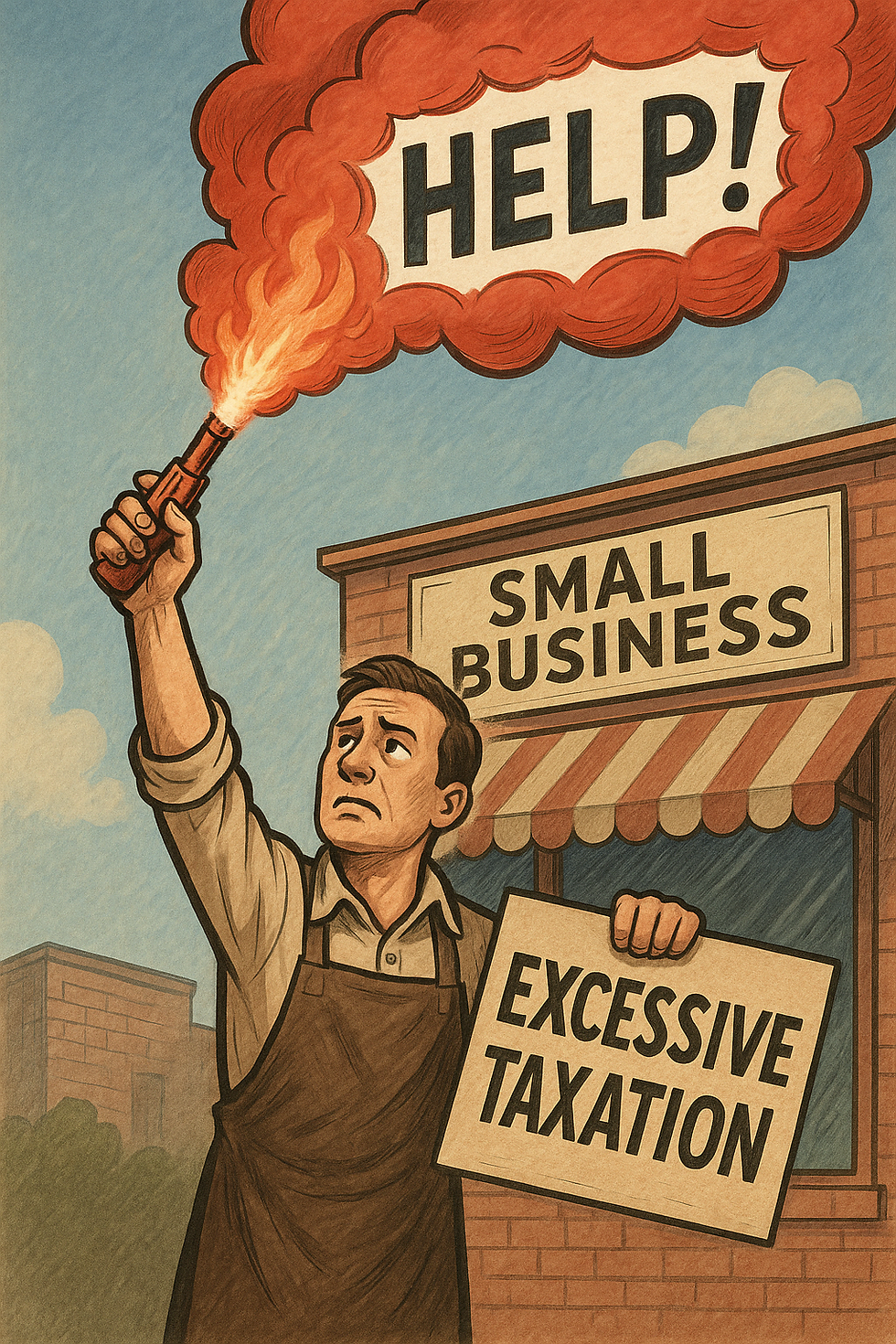The urgency to do more to lower state income tax rates
- Chris Cargill

- Feb 21, 2023
- 2 min read
Updated: Jul 21, 2023

Last fall, the Idaho Legislature lowered the state income tax to a flat rate of 5.8%. This legislative session, Montana is considering lowering its income tax rate below 6.0%.
The rate adjustments in Montana and Idaho reflect a national movement to lower state income tax rates to help working families and keep states competitive. The one state that seems to be bucking that trend is Washington, which has adopted a new state income tax starting with capital gains income.
Bringing the rates in Idaho and Montana below 6% is a wise move, but there is still room to lower the rate even more.
As the Tax Foundation points out today, the majority of states now have lower income tax rates. In the mountain west, Idaho and Montana's income tax rates are the highest.

Among states that have cut their income tax rates since 2021, there are only five states that have kept their rates higher than Idaho.

It is clear, if Idaho and Montana are going to remain competitive (especially in the west), they need to consider further lowering their income tax rates, which are still relatively high.
One pro-growth policy to consider is tying income tax rates to revenue growth. For example, if the state revenue consistently comes in at a rate higher than expected, the tax rate would automatically be lowered. This could negate the need for any special or extraordinary sessions of the legislature to address tax reductions as they would kick in at certain revenue levels.
The exact revenue percentage over expectations, the time required to make sure it is consistent, and the corresponding income tax rate reduction would all need to be set by lawmakers. But adopting this type of policy would send a clear message that Idaho and Montana will continue to lower the income tax burden it is placing on families and businesses. And the more the economy booms, the lower the rate.
About a dozen states have tax triggers. The Tax Foundation says, “well-designed triggers limit the volatility and unpredictability associated with any change to revenue codes, and can be a valuable tool for states seeking to balance the economic impetus for tax reform with a governmental need for revenue predictability.”
Additional Resources:







Eliminate state income taxes entirely. Other states do not have state income taxes. No reason why Idaho can't do the same. Alternatively, and as a start, eliminate state income taxes on seniors (ages 65+). Another baby step towards removal of all state income taxes, eliminate all state income taxes for all active-duty and retired military personnel.